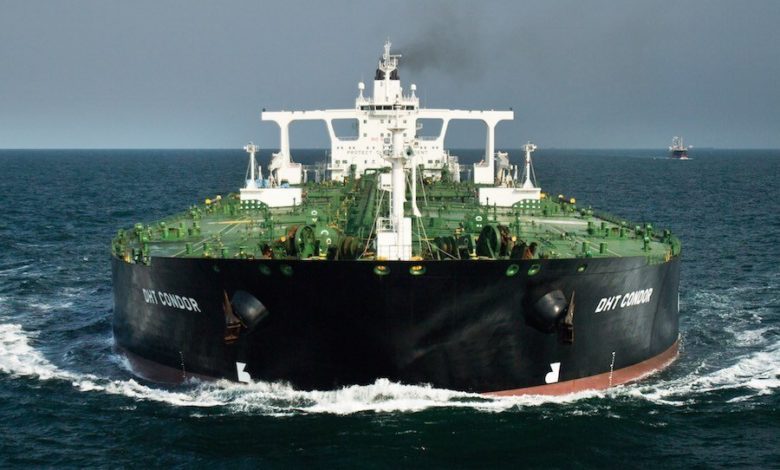Frontline and DHT lead VLCC embrace of scrubber technology

Last week’s scrubber commitments by VLCC giants Frontline and DHT Holdings could be a “game changer” for the sector, brokers Gibson argues in its latest weekly report. With less than 18 months to go until the IMO-mandated global 0.5% sulphur cap comes into place, the VLCC sector is now one of the shipping segments to have most embraced scrubber technology.
At present, over 30% of the current VLCC orderbook has been reported to include scrubbers, while another 9% is scrubber ready, according to Gibson data. However, the actual number of vessels being fitted with scrubbers could be even higher as some deals have been concluded privately.
Installation of a scrubber on a newbuild VLCC costs around $2.7m, Gibson stated, citing sources in South Korean shipbuilding.
“[C]harterers are showing strong interest to time charter tonnage fitted with the technology,” Gibson reported, adding: “Recently, there have been several T/C deals with all oil majors, where a notable premium has been paid for tonnage fitted with scrubbers compared to tankers without the technology on board.”
DHT last week outlined plans to fit scrubbers on a significant part of its fleet while John Fredriksen’s Frontline went a step further, buying a 20% stake in an Indonesian-based scrubber manufacturer.
“The latest announcement by two major VLCC players could well be the game changer when it comes to owners’ perception and strategy going forward with regards to the approaching IMO global sulphur cap,” Gibson suggested.
The broker also included a useful graph (see below) showing how quickly a scrubber retrofit could pay back depending on the difference in price of high sulphur fuel and compliant 0.5% sulphur fuel.

